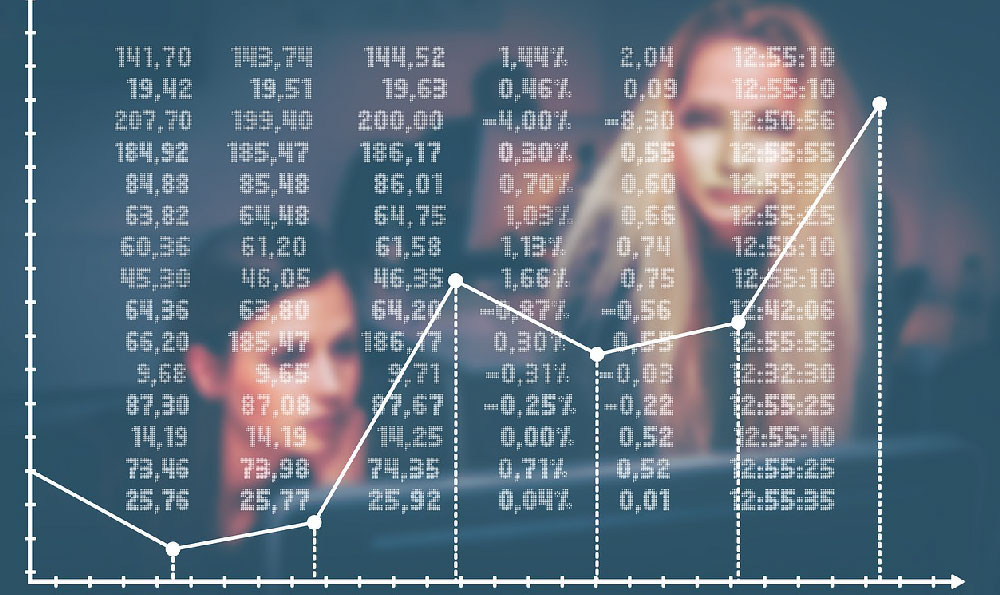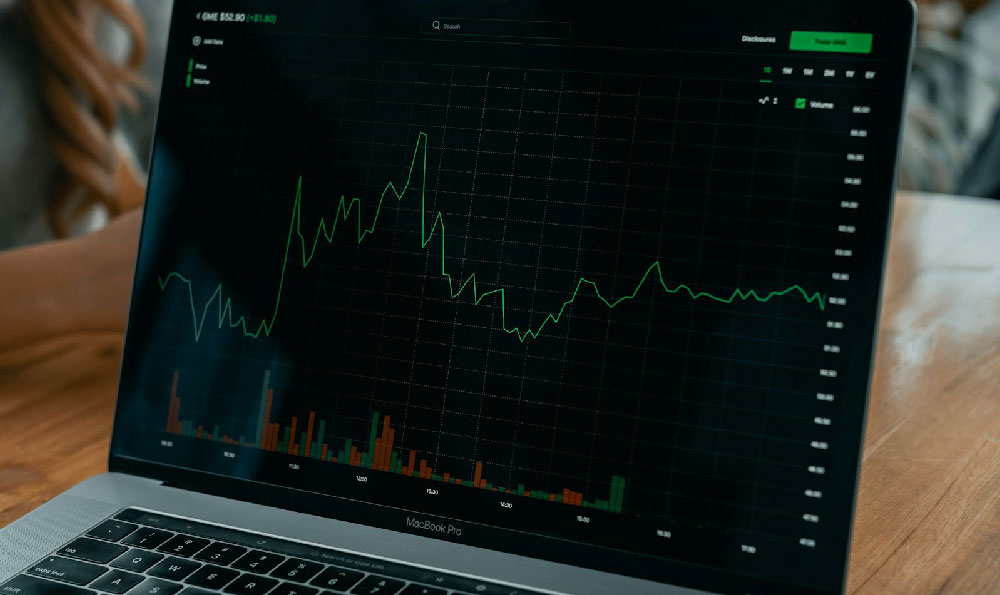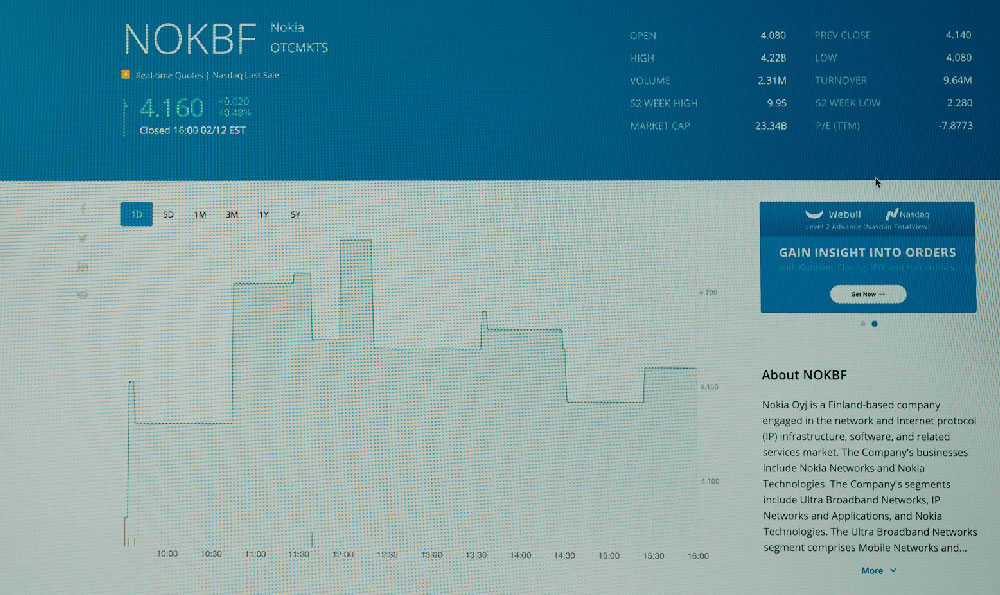Trading stocks for profit is undoubtedly possible, but it's a journey that demands more than just luck. It requires a blend of knowledge, discipline, and a well-defined strategy. To answer "How?" thoroughly, we need to dissect the process, covering the essential aspects from understanding market dynamics to implementing effective risk management.
At its core, profitable stock trading involves buying assets at a lower price and selling them at a higher price. However, identifying these opportunities and executing them consistently is where the complexity lies. The market is a dynamic ecosystem influenced by a multitude of factors, including economic indicators, company performance, global events, and investor sentiment. Ignoring these factors is akin to navigating a ship without a compass.
Therefore, the first step towards profitable trading involves acquiring a solid foundation of knowledge. This includes understanding the basics of financial statements (balance sheets, income statements, and cash flow statements), learning how to interpret economic data (GDP growth, inflation rates, unemployment figures), and familiarizing yourself with different investment strategies. There are numerous resources available online and offline, from reputable financial websites and educational platforms to books and courses.

Once you have a basic understanding of the market, you need to develop a trading strategy that aligns with your risk tolerance and financial goals. A strategy should clearly define your investment criteria, entry and exit points, position sizing, and risk management protocols. A common approach is to blend fundamental analysis with technical analysis.
Fundamental analysis involves evaluating the intrinsic value of a company by examining its financial health, competitive position, and industry outlook. It helps you identify undervalued stocks that have the potential for long-term growth. For instance, if a company's stock is trading at a price-to-earnings (P/E) ratio significantly lower than its peers, it might be an indication that the market is undervaluing its future earnings potential. However, it's crucial to remember that fundamental analysis is not a crystal ball, and even the most promising companies can face unexpected challenges.
Technical analysis, on the other hand, focuses on analyzing price charts and trading volume to identify patterns and trends. It helps you determine optimal entry and exit points for your trades. Technical analysts use a variety of indicators, such as moving averages, relative strength index (RSI), and Fibonacci retracements, to predict future price movements. While technical analysis can be a useful tool, it's important to acknowledge its limitations. Past performance is not necessarily indicative of future results, and technical indicators can sometimes generate false signals.
The combination of fundamental and technical analysis allows for a more holistic approach to trading. You can use fundamental analysis to identify promising stocks and then use technical analysis to time your entry and exit points. For example, you might identify a company with strong fundamentals but whose stock is currently trading at a discounted price due to short-term market fluctuations. In this case, you can use technical analysis to identify potential support levels where the stock is likely to rebound.
However, having a good strategy is only half the battle. The other half is discipline. It’s critical to stick to your pre-defined strategy, even when emotions run high. The market is known for its volatility, and it's easy to get caught up in the hype or panic sell when prices start to decline. Fear and greed are two of the biggest enemies of successful traders.
Risk management is another crucial aspect of profitable trading. No matter how good your strategy is, you will inevitably experience losses. The key is to manage your risk in a way that limits your potential losses and protects your capital. One of the most important risk management techniques is to use stop-loss orders. A stop-loss order is an instruction to your broker to automatically sell your stock if it reaches a certain price level. This helps you limit your losses if the stock price moves against you.
Position sizing is also an important aspect of risk management. It refers to the amount of capital you allocate to each trade. It's generally recommended to risk no more than 1-2% of your total trading capital on any single trade. This helps you avoid catastrophic losses if a trade goes wrong.
Furthermore, diversification is key to mitigating risk. Spreading your investments across different sectors, industries, and asset classes can help reduce your overall portfolio volatility. Don’t put all your eggs in one basket.
Beyond strategy and risk management, continuous learning and adaptation are essential. The market is constantly evolving, and what worked yesterday may not work tomorrow. Stay updated on market trends, new technologies, and regulatory changes. Be prepared to adjust your strategy as needed.
Finally, remember that trading is a marathon, not a sprint. It takes time and effort to develop the skills and knowledge necessary to become a consistently profitable trader. Don't be discouraged by initial losses. Learn from your mistakes, refine your strategy, and keep practicing. Building a successful trading career requires patience, perseverance, and a willingness to adapt to changing market conditions.











